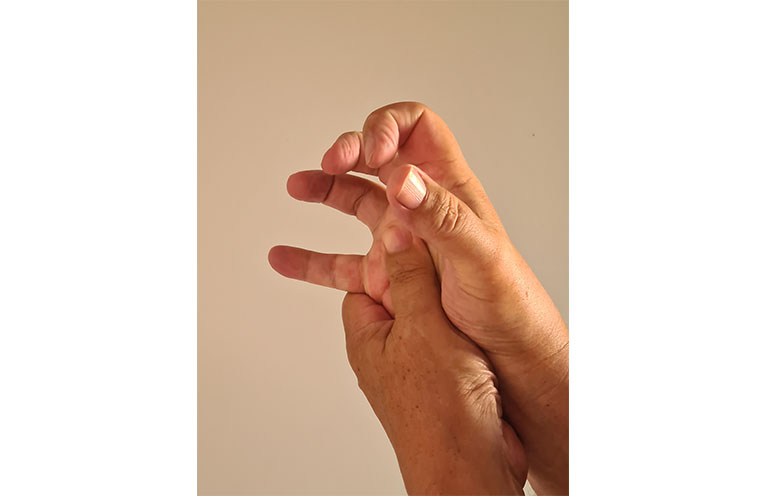
ARTHRITIS is a condition that 1.3 million Australians live with.
It generally affects older people and can result in compromising quality of life and reducing physical activity.
Arthritis Australia tells us that, “Research has found that regular exercise is one of the most effective treatments for arthritis.”
 Advertise with News of The Area today.
Advertise with News of The Area today.It’s worth it for your business.
Message us.
Phone us – (02) 4981 8882.
Email us – media@newsofthearea.com.au
Regular exercise can improve mobility and joint flexibility, build muscle strength and improve posture and balance while decreasing pain, fatigue and muscle tension and stress.
“Just as importantly, physical activity will improve your overall health.”
Simply put, everyone living with or without arthritis should be doing appropriate regular exercise.
“The important thing is to choose the activities that best suit your condition, health and lifestyle.
“Before you start to exercise it is important to ask your doctor and healthcare team to help you to develop a suitable program and choose the best activities for you.”
For improving flexibility, yoga and stretching are low impact options.
Working on strengthening muscles can take pressure off sore joints, improve balance and strengthen bones which can assist with osteoporosis.
Improving your general fitness may involve working out hard enough to puff during a brisk walk.
Low impact exercising is a great way to get back into physical activity.
Examples of low impact exercises are walking, aqua aerobics, swimming, tai chi, yoga, pilates, cycling and dancing.
Gardening, taking the dog for a walk and even choosing the stairs helps too.
When it comes to how much exercise we should be doing, the general rule of thumb is 30 minutes a day most days of the week.
People with arthritis may need to rest more during a flare up.
Do not vigorously exercise a joint that is red, hot, swollen or painful.
Warming up before exercise and cooling down after exercise is also good practice.
If you don’t like to exercise alone, consider bowls or croquet.
By Marian SAMPSON
